Petra Croton Plant: Comprehensive Care Guide and Growth Analysis
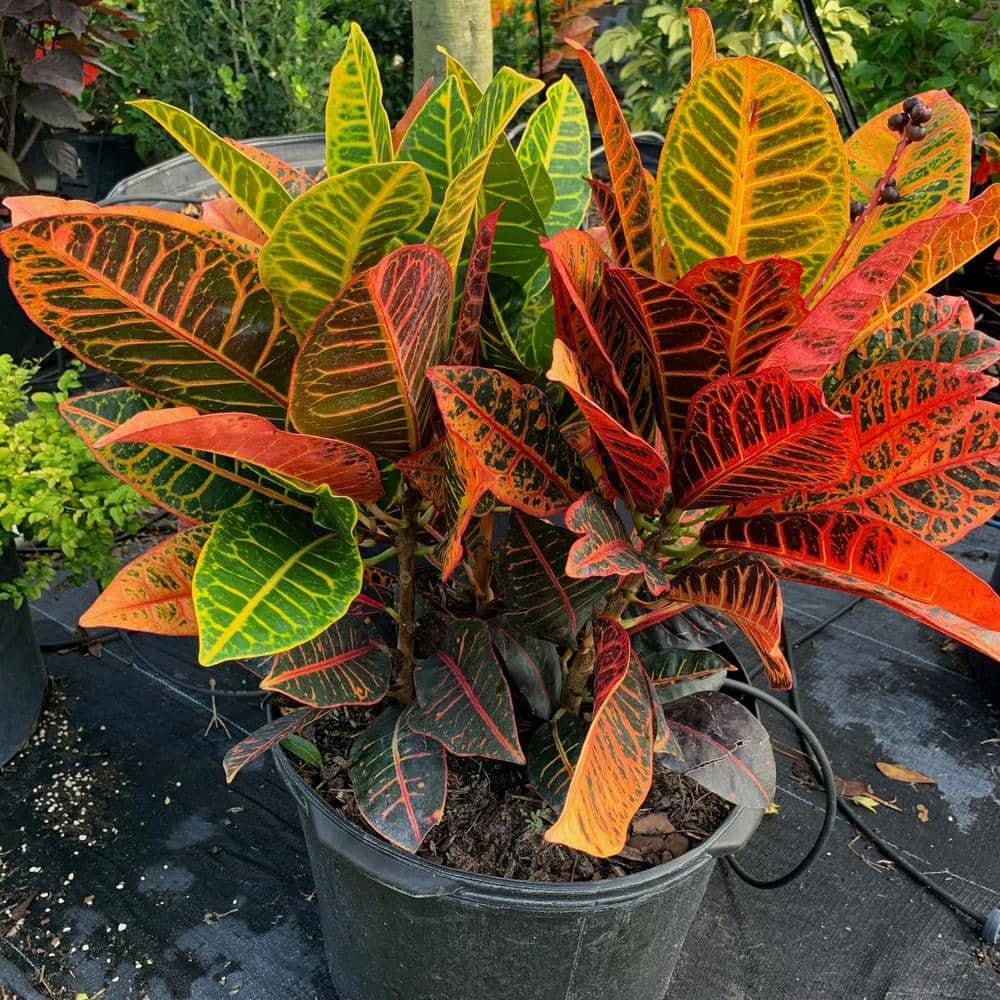
Petra crotons are one of those plants that seem to attract a lot of intimidating advice—the kind that makes you wonder if you need a botany degree just to keep them alive. The reality is, most croton care guides overcomplicate things, layering on humidity gadgets, fancy fertilizers, and minute-by-minute watering schedules. When I started keeping crotons back in 2019, I made every mistake the experts warn about—and still ended up with healthy plants once I cut through the noise.
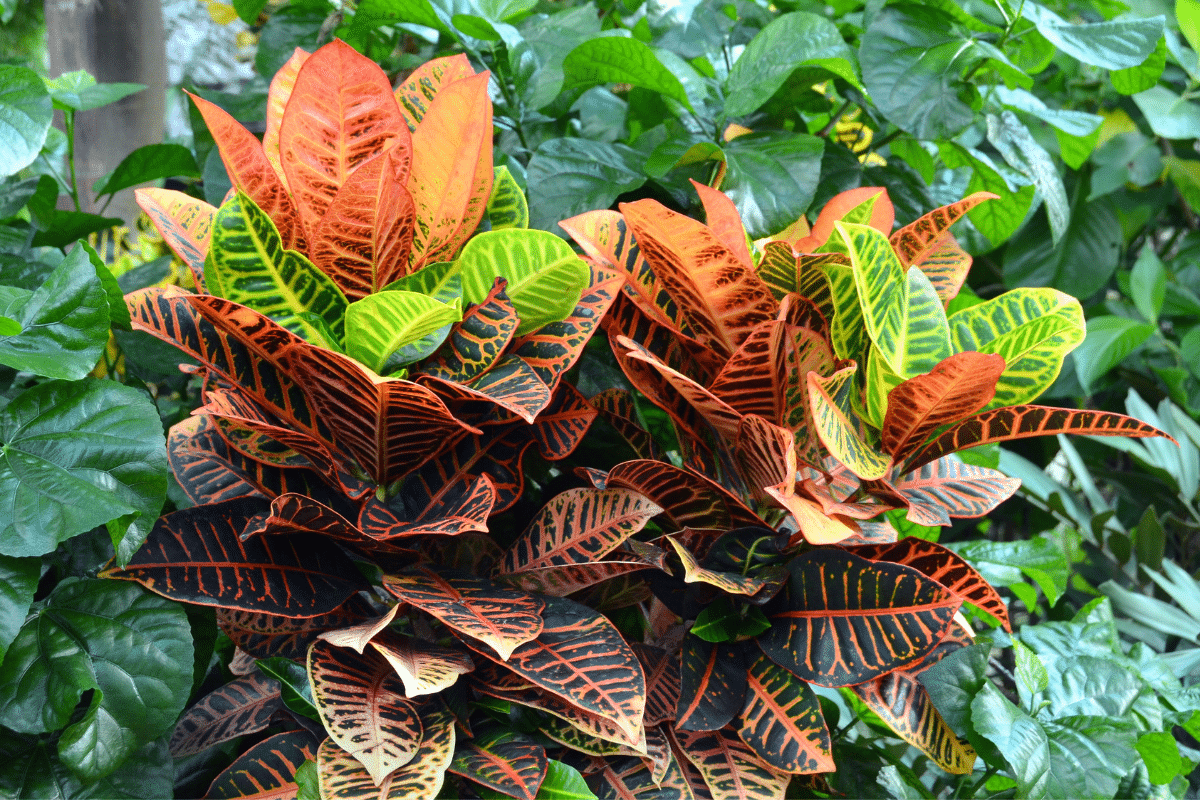
Let’s get real about what actually matters for Petra croton success—no jargon, no expensive gear, just practical steps and lessons learned.
What Makes Petra Croton Stand Out (and Why It’s Simpler Than You Think)
If you’ve ever seen a Petra croton in person, you know it looks less like a typical houseplant and more like something out of an abstract painting: thick leaves marbled with yellow splotches, red veins, and green patches. The first time I brought one home from my local nursery (cost: $12.50), it was because I wanted color without having to mess around with fussy flowering plants.
The secret? Those bold colors aren’t as fragile as they look. In fact, the plant’s leathery leaves evolved to withstand tropical sunbursts and downpours in Southeast Asia—meaning they’re tougher than most people give them credit for.
Light: Ignore the Overthinking—Just Find That “Goldilocks” Spot
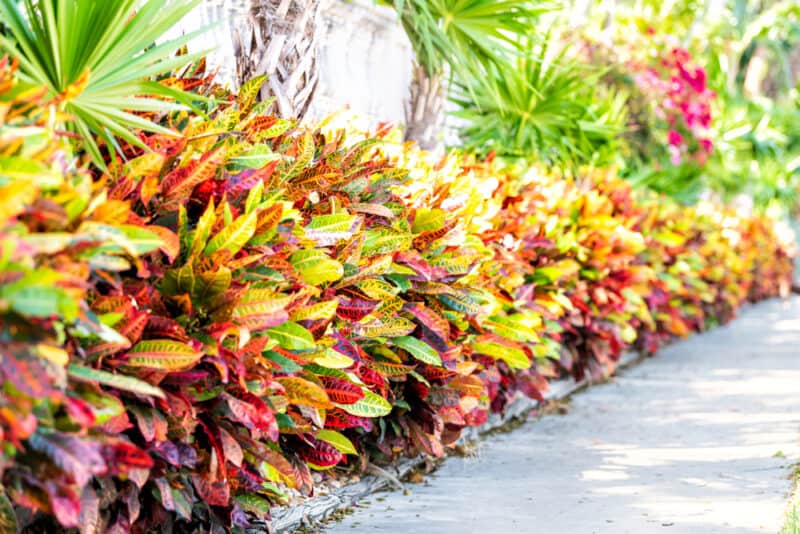
Most advice will tell you to measure foot-candles or buy special grow bulbs. Here’s what actually worked for me after several failed attempts (including one scorched plant on a south-facing sill): Put your Petra croton somewhere it can see the sky but not feel it directly on its leaves all day.
My test: Stand where your plant will go at midday; if you could comfortably read a book there without squinting or reaching for sunglasses, that’s good light. My best results came from parking mine three feet from an east window behind sheer curtains—no crispy edges since.
If your croton starts looking dull or losing its signature colors? Move it closer to the window by increments until the leaves perk up again.
Watering: Forget Schedules—Use Your Fingers
Honestly, this is where most beginners trip up (myself included). Early on, I set calendar reminders (“Water every Sunday!”) and ended up with sludgy roots within two months. Now my rule is brutally simple: stick my index finger into the soil; if it comes out clean and dry beyond the first knuckle (about an inch deep), then—and only then—I water thoroughly until water trickles out below.
Here’s why this works:
- Crotons hate wet feet more than they hate being dry.
- Your living room conditions change seasonally; rigid schedules don’t account for that.
- Plants don’t care about your Google Calendar—they care about their roots’ environment.
If you’re nervous at first, err on the side of too little rather than too much water. They’ll forgive dryness but not swampy soil.
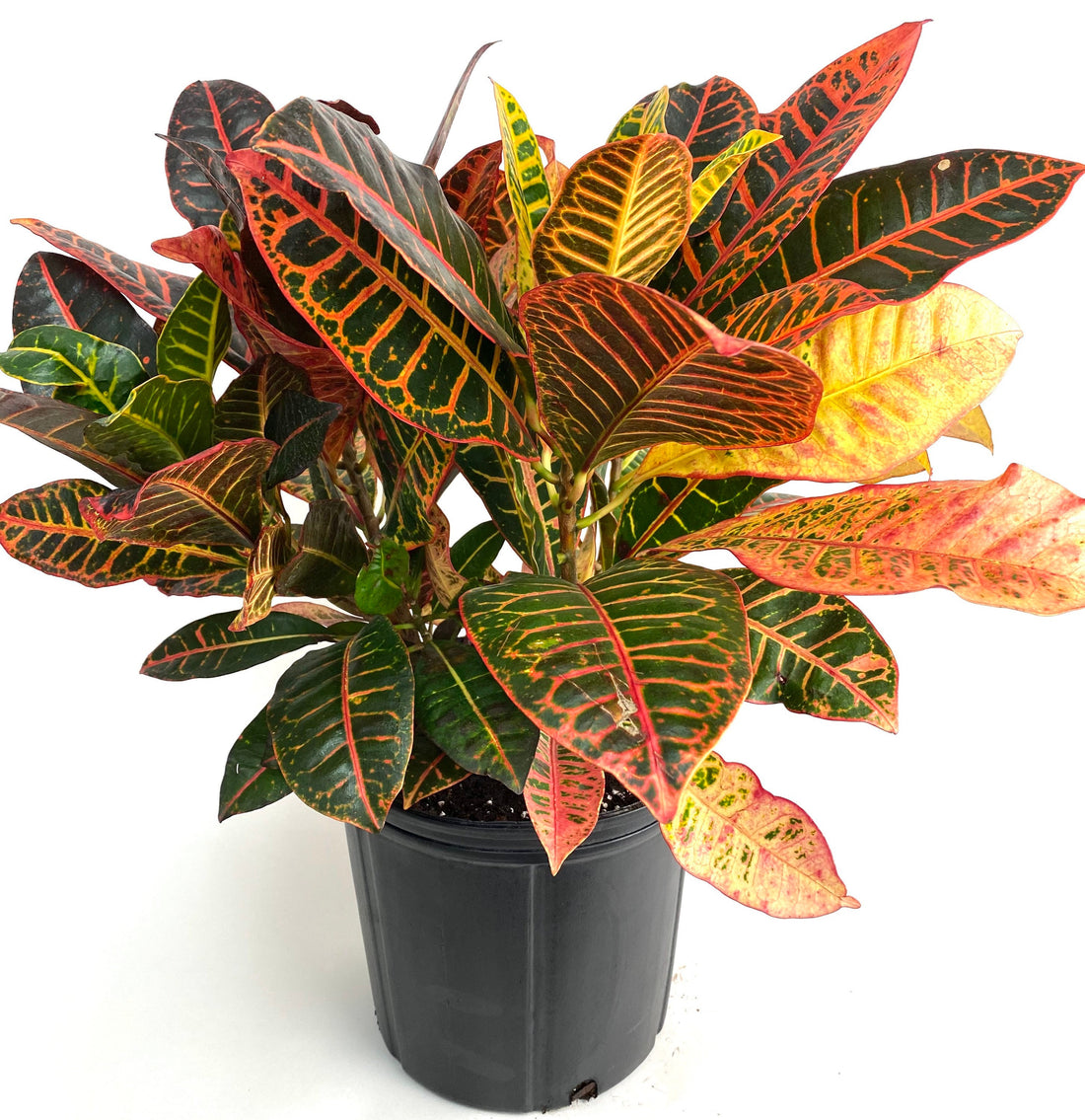
Humidity Hacks That Don’t Cost a Dime
You’ll see endless recommendations for humidifiers or specialized pebble trays online. Honestly? Most homes do just fine unless your winter air is desert-dry (below 40% humidity). If your skin feels tight or lips crack indoors during January—so does your croton!
Here are my go-to moves:
- Place a regular dinner plate filled with stones under the pot and add tap water—not fancy pebbles or designer trays.
- Cluster houseplants together; they “share” moisture as they transpire.
- Mist occasionally if you’re feeling attentive—but don’t stress if you forget for weeks at a time.
During last year’s cold snap when my radiator ran nonstop, I noticed brown tips creeping in; grouping three plants together reversed it within ten days—no gadgets required.
Temperature: Think Like a Human
There’s nothing magical about temperature needs here: if you’re shivering or sweating indoors, so is your croton. Mine sits comfortably in rooms ranging from 65°F–78°F year-round (I tracked this with an old-school thermometer taped to the planter).
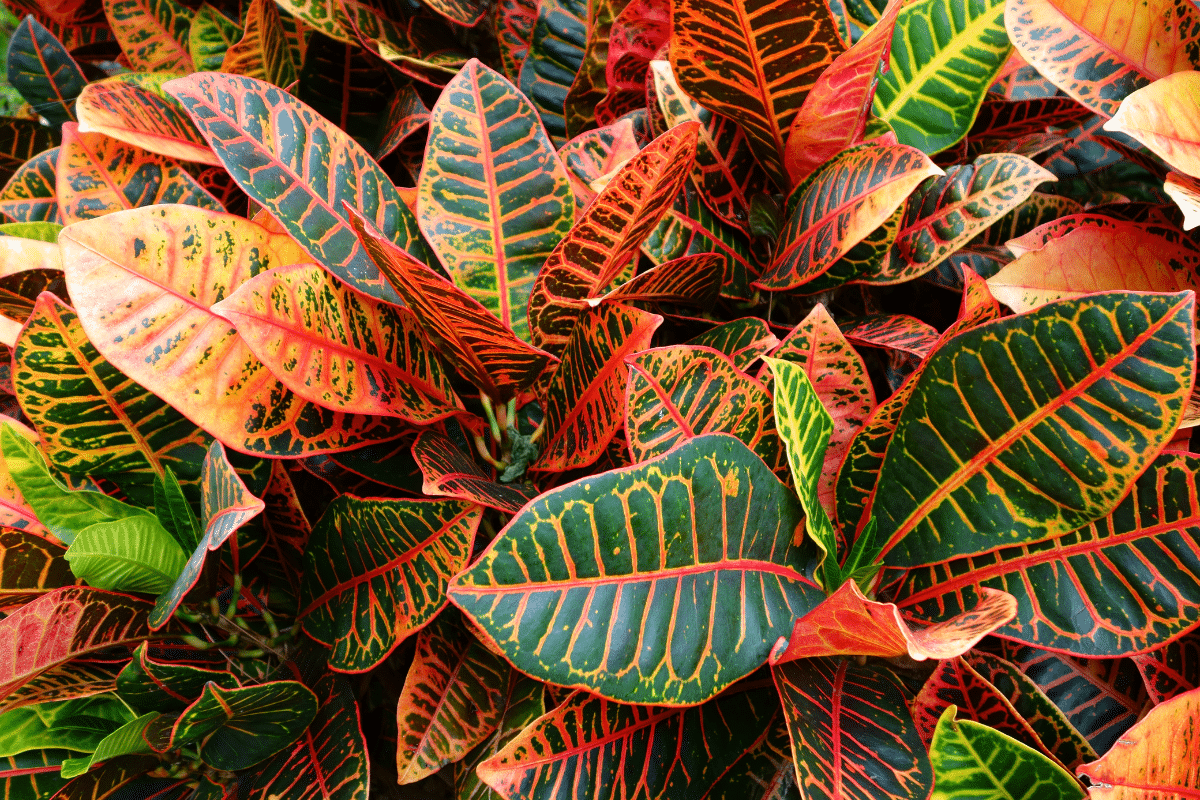
Mistake I made once: setting my new croton near an entryway for “better light.” Lost half its leaves overnight after one blustery December draft blew through. Lesson learned—keep them away from doors and windows during cold snaps or heat waves.
Troubleshooting Without Panic
Leaf drop? Faded color? Here’s how I approach these common issues:
- Dropping Leaves: Check for drafts first; next suspect is underwatering.
- Faded Color: Almost always low light.
- Soggy Roots: Overwatering—let it dry out before watering again.
- Brown Tips: Dry air or too much fertilizer; group plants or skip feedings for a month.
I keep quick notes in my phone whenever something changes (“Moved plant closer to window March 3rd”). Tracking small tweaks helps pinpoint causes faster than any online diagnosis tool ever has.
Fertilizer & Repotting: Less Is More
It took killing two crotons with overzealous feeding before I learned: half-strength general-purpose liquid fertilizer once per month during spring/summer is plenty (I use Miracle-Gro Indoor Plant Food diluted by half). Skip all feeding November–February—that’s when growth naturally slows down anyway.
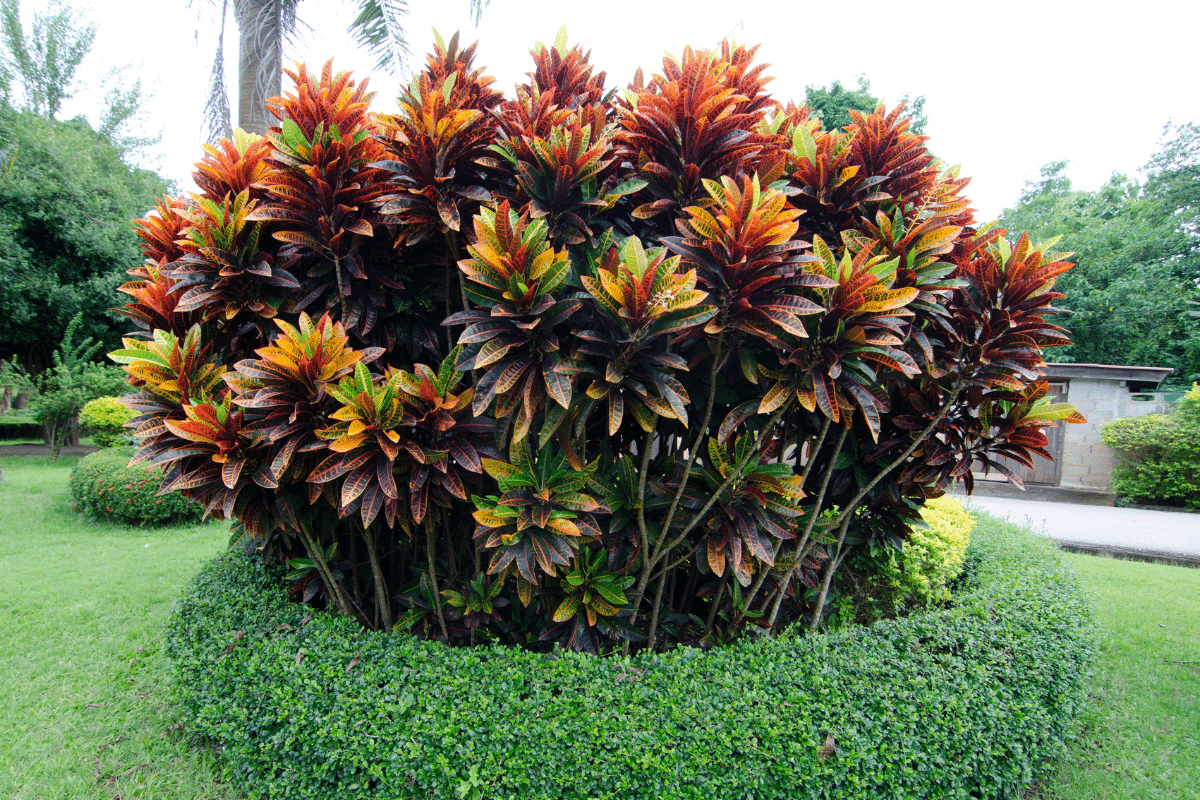
Repot only when roots circle tightly inside the pot or poke through drainage holes; going up just one pot size at a time prevents accidental drowning of roots in excess soil moisture—a mistake I made early on that set back growth by months!
Safety Reality Check
Petra crotons are mildly toxic if chewed by pets or kids—I learned this after catching my cat nibbling on a fallen leaf (he was fine after some dramatic sneezing). Keep yours above paw-level if possible; otherwise, consider safer alternatives like spider plants for pet-heavy households.
Bottom Line: Simple Wins Out Over Complicated Every Time
After years of trial-and-error—and plenty of lost leaves along the way—the biggest takeaway is this: Petra crotons reward consistency far more than precision. Forget complicated routines and trust simple cues:
- Light bright enough to read by
- Water only when soil feels dry
- Protect from drafts
- Group plants for natural humidity
Don’t let expert-sounding rules scare you off! Half of what you’ll learn about your particular plant will come from observing how it reacts week by week—and tweaking as needed based on those real results rather than textbook instructions.
Stick with these basics and watch those tie-dye leaves become even more vibrant over time—for less effort (and anxiety) than you’d expect.



